In the event that you find yourself stranded on an island, like Tom Hanks’ character in a famous movie based on a no less renowned book, it’s essential to follow the proper survival techniques that will help you stay alive. If your boat or plane crashes and you are lucky enough to survive that, you will still be in a survival situation. You need to have some surviving skills to live on until the help from the Big world arrives.
Let’s face it! Money will be of no use. You will have to show techniques for finding freshwater (sure, you may have some canned drinking water with you, anyway), building a shelter, and more. This article will discuss the essential things you should consider while being face-to-face to death in nature, alone on the deserted island. It is better to learn about such things from articles on the net and be prepared than experience them in real life. Some situational awareness won’t be extra, too.
Disclaimer: The survival tips on this website are for informational purposes only. The authors take no responsibility for the reader’s individual actions or usage of the information presented on this page. Read on and find out how to survive on a deserted island.
1. The Arrival
Once you are a castaway, use the Boy Scouts mnemonic device of “STOP,” which stands for “Stop, Think, Observe, and Plan,” to survive.
You’ve just discovered that you are alone on an island. You’re unsure about whether or not the rescue will be arriving. Here is the list of what you should be doing in order of priority:
- Find a source of drinkable water.
- Find/build a shelter.
- Build a fire. You can use the stick method.
- Create rescue signals.
- Find food.
- And more!
Every piece of the guidelines in this article is based on people’s real experience of being left to survive on a desert island with none in the world to help them. Lost for the world, far away from their hometown, they managed to return to reality and are eager to share their fantastic stories of survival to help those who might find themselves in that kind of situation one day. Read our survival guide to find out more about the essential things to do if you find yourself on a desert island. These actions can save your life and are necessary to know to maximize your survival odds and make your stay on the island a more pleasant experience.
2. Salvage all you can
Once you are on a desert island after a boat or plane crash, the debris left on the beach can be of great help if you want to survive on the desert island for as long as possible. A regular item in everyday life can turn into a great source or a mighty tool for a survivor: anything will find application, from a knife to a metal case or a piece of cloth.
Your having some basic survival skills can pay off greatly in a survival situation. Let alone some items of survival gear that might maximize your chances should you have them with you. Try to find as many items near the beach and nearby as possible: there must be something you can utilize. Your mind’s capacity to adapt to the situation and find solutions based on any source you have around is a must for successful survival on a desert island.
Stay creative and use all survival hacks you’ve heard about: this is how you will implement your survival techniques, create tools for hunting and fishing, build yourself a shelter, obtain fresh drinkable water, etc. You can turn all the items you find into account if you stay cool, calm, and collected.
3. First Aid
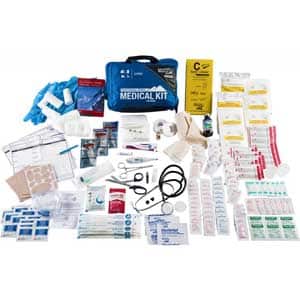
These are the essential methods to use if you have an injury:
- If you got cut, hold the sides of the wound as close as you can together and wrap the place with a bandage ( you can use a clean cloth). If the wound is severe, keep lying on the ground, keeping the injured limb above the heart level to ensure the best blood circulation. A proper suture kit like the Professional Series Medical Kit Guide I and your skill would enlighten your lot mighty.
- To get rid of shock, keep calm, and lie down in a warm place.
- To avoid hypothermic effects, stay away from winds, snow, or rains. Put on dry clothes if there is an option. Keep your body warm at a fire or with warm water.
4. No panic
Rule number one: avoid panic by all means. You cannot change your position right now, so panic won’t be of much assistance. On the contrary, it can spoil everything at once. Look at the bright side: you have survived a plane crash and stepped onto some new land, so what additional justice for yourself do you ask for?
To make sure your surviving experience will be known to other people, you should beware of anything that causes you to panic. Your life depends on how well you can handle your emotions and how you can organize yourself to tackle a hard task to survive on a desert island.
History knows many examples of survivors who could make it due to their ability to adapt, adjust, think clearly and creatively, being industrious and hopeful. These survivors paved the way for those future castaways on desert islands, fighting for their life somewhere in Papua New Guinea or anywhere else.
The right attitude is key to success, and it helps solve the quizzes life on a desert island proposes to survivors. It provides the right spirit to work eagerly, keep oneself busy, and be ready for any obstacles. A positive frame of thinking is a must.
5. Plan the Way Out

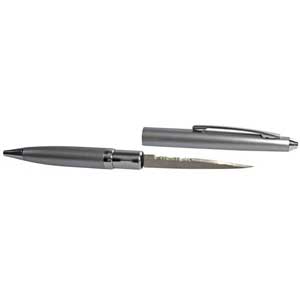
6. Look For Companions
Possibly, there are injured people somewhere near you. Check the coastline for human activity. Being together with at least one other person will increase your odds for survival. Make sure to give the first aid to the discovered injured people: it will make your survival easier and increase success chances. In terms of psychology, a company is a gift in such desperate situations.
Together, you will be able to accomplish all the needed tasks faster, will be a powerful force against nature challenges, and will have a chance to talk with another human being.
7. If you are not alone
If you are lucky to find partners for survival, you should act practically and consistently. Discuss with your partners the survival skills you all have to delegate tasks intelligently and increase your survival chances. Everything and everyone should be in the right place: some are good at hunting or other ways to find food, others know how to obtain distilled water, others know how to make life rafts safe enough to cross the wavy waters of the ocean, and others know how to make a distress signal more visible. The more persons there are, the more survival skills you altogether have. Delegation of tasks provides greater efficiency and maximizes the odds.
8. If you have no supplies
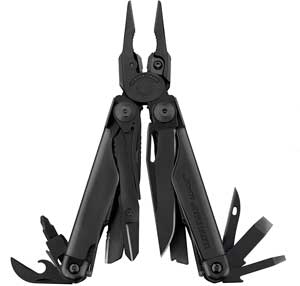
9. Finding Water
Once you have understood that you are alone, you should take immediate action. Finding a source of clean drinkable water should be your priority. The body can not live without liquids for more than 3 or 4 days; however, you can survive over three weeks without food. Drinking salt water is no way out, so you need to find another source to be content and healthy.
Rain Water:
In the absence of proper water tanks, use any containers you can find and set them out to catch any rainwater that falls out. You can use large leaves to catch raindrops and funnel them into containers. Boil water to avoid getting indigestions and poisoning.
Scan Desert Island:
An excellent place to find drinkable liquids is by venturing inland. The further inland you go, the better your odds of finding a water source are. If the island is large enough, there is the possibility of finding streams and waterfalls to provide fresh drinking water.
Solar Still:
If there’s no rainfall or fresh water on the desert island and you have a sheet of plastic available, you can still make solar water.
Create a Solar Water Still:
Step 1: Dig a hole in the sand up near the edge of the trees. You want to dig deep enough that the hole is within the damp sand underneath.
Step 2: Place a reservoir in the center of the hole.
Step 3: Fill the gaps surrounding the container with anything wet, such as wet leaves.
Step 4: Place your plastic sheet over the hole and anchor the sheet in place with larger rocks around the hole’s edges.
Step 5: Place one small rock in the center of the plastic, just over the reservoir.
Step 6: Condensation will occur on the underside of the plastic and run to the center. It will drip into the reservoir filling it with distilled drinking water.
10. Build/Find a Shelter
Finding shelter is an essential aspect of survival. You need to find a place to rest while protecting yourself from the elements, such as wind and rain.
Creating a “Lean-To” shelter:
Step 1: Find a large branch and lean one end onto a tree.
Step 2: Place smaller branches at 45-degree angles along the length of the large branch.
Step 3: Cover the entire structure with leaves and foliage.
If you are not rescued within a couple of weeks, and your stay on the island will be much more extended, you can use the “Lean-To Shelter” as temporary housing while constructing a permanent “Tepee Shelter.”
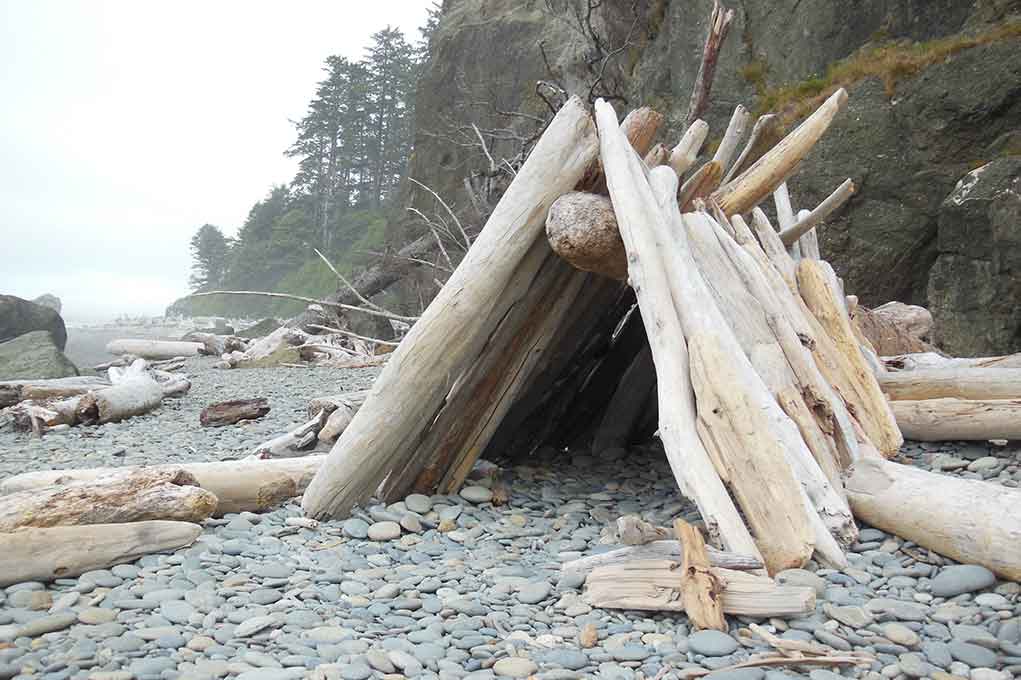
Creating a “Tepee” shelter:
Step 1: Gather 10 to 20 long branches. The thicker the branches, the safer your tepee will be.
Step 2: Stick 3 of these branches into the ground to create a tripod.
Step 3: Position the remaining branches around the tripod in a circle. Be sure to leave an area free for your entrance.
Step 4: Find the largest leaves and brush that you can find to use as a cover.
11. Make a Fire
Building a fire keeps you warm, but it will help to signal any rescue planes flying overhead.
Building The Structure:
Step 1: Gather dry tinder, twigs, and branches of various sizes.
Step 2: Using the smaller twigs, create a tepee shape with a tinder placed in the center.
Lighting The Fire:
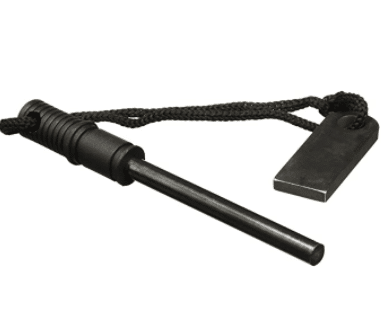
If you have glasses, binoculars, or a camera, use the lens to concentrate the rays on the tinder to ignite it. Then blow when it starts smoking. Otherwise, your best alternative is to use the “Fire-Plow” method. Should you have some ever sticking survival matches or a Ferro rod like this one here, it will multiply your survival chances.
The Fire-Plow Method
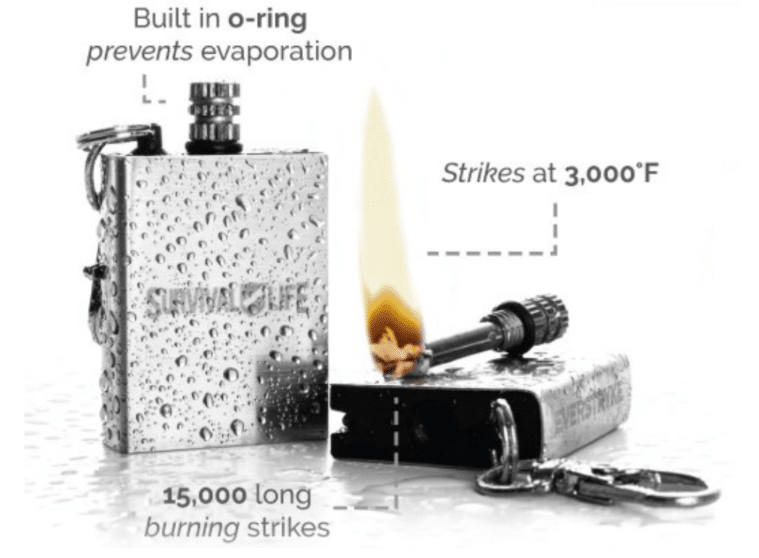
Step 1: Find a softwood and cut a groove in its base.
Step 2: Place some tinder at one end that you will ignite.
Step 3: Using a hard stick, plow the end up and down this groove to create friction.
Step 4: The tinder will begin to smolder. Blow on it to help fuel the fire catching process.
Step 5: When the fire catches, place other small twigs on top to help it grow.
12. Finding Food Sources

To catch the fish, the most straightforward technique is to use spearfishing. Create a long spear from one of the branches you find on the island. Make the tip as sharp and long as possible, but be sure that the stick is long enough to throw and has some weight.
If you can stand on rocks, this will be better since it will be less likely to alarm the fish, and you’ll be able to find them meandering as they snack on seaweed or whatever else they find interesting in the ocean.
If you must walk in the waters, then move slowly as not to startle them.
Hold the spear at your side above the water. When the fish stops and settles in one spot, quickly extend your arm and throw the spear, aiming for the fish’s head. With enough practice, you will be hitting your target with greater precision.
13. Food Preparation and Storage
You may not know for how long you will have to stay in the deserted island’s misery. Food storage is a way to go if you want to survive for as long as possible. Nutritious meals can be stored for the future: it will give you some rest and satisfy your hunger handily when you might need or fail to hunt or find more.
Collect coconuts, edible berries, and mushrooms (if you are 100 percent sure they are edible) and store them dried for a long time.
Try to prepare meat and not to eat it raw to avoid health issues. Skin the animal’s body, get rid of the fur, and take out all internal organs to prevent your well-being risks. Livers and hearts will be beneficial in terms of nutrition. Roast or boil it, smoke it, dry it, or freeze (if you have snow or ice at hand), and you will catch no disease and have the source of nutrition to keep your content and full.
14. Beware of Predators

This means that you will always want to stay alert to any animals stalking you.
For protection, fashion a spear, a longbow, and a knife (lucky you if you have anything like the pocket knife in your pocket) from any branches that you can find lying around.
In the ocean, your primary concern should be shark attacks while you are spearfishing in the sea. Try to stay in shallow water whenever possible.
While on land, on the beach, or in the woods, keep the fire alive: it will ensure the wild beasts are staying away from your campsite. Ensure that the flame burns through the night as in this time of day, some predators are most active.
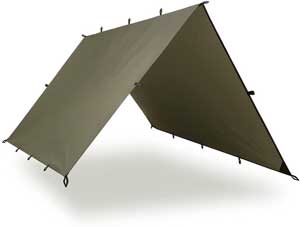
15. Getting Rescued
The fire you started will be a useful signal to rescue parties looking for you on myriads of islands in the vicinity.
To increase the odds of being noticed, you should consider creating an SOS message on the sand and make it as visible as possible.
To do this, find large tree branches to spell the letters SOS to be seen from aircraft flying overhead.
Trying to attract attention by creating a distress sign on the beach’s most visible part can be a good source of positive activity. It incorporates hopefulness, creativity and keeps your body and mind busy and concentrated while rescued.
16. Creating a Raft:
Always work during the day, when it’s light out so you can see. Use the night as a time to rest and recover your energy.
If you plan to leave the island on your own, you’ll need to create a raft.
The two things you will need to create a raft are logs and vine.
Survival Raft Building Technique:
Step 1: Collect 10 to 20 logs and tree trunks that are no thicker than 12 inches in diameter.
Step 2: Find a few smaller logs to use as braces.
Step 3: Cut notches in the logs in the places where your vine will be looped to hold each log together.
Step 4: Begin interweaving the vine into the notches of the logs. Over and underlapping from one log to the next.
Step 5: When the entire structure is finished, tie off.
The last thing you want is to find out that your raft needs repair after you have already left the island.
When you are done with the raft, be sure to test it in shallow water. Try standing on it and test it for durability.
17. Keep Being Active and Sane
While being lost on deserted islands can be challenging a task, you should pull yourself together and focus on getting away safe once you are already stuck in the middle of nowhere. Keeping your mind bright and your body active is the critical activity to focus on to survive until the rescue comes.
- Stay collected and keep yourself busy. But don’t forget to relax. Relaxation is crucial in terms of regaining physical and mental strength, refreshing your mind and body. If you have the opportunity, train your language skill, write something down, or sing to yourself: anything that helps abstract from the situation’s gloom and give yourself some positive kicks.
- While some persons will have trouble without companions, introverted guys will find the loneliness not too bad an idea.
- Don’t force yourself into non-stop labor. Make pauses to reboot.
- Don’t blame yourself and think yourself incapable of surviving. It will not help you. You’d better focus on your plan.
- Stay alert for as long as you can.
- Embrace positive thinking. It will increase your odds to hit the world news or a best-seller book as a person who has survived on a deserted island.


